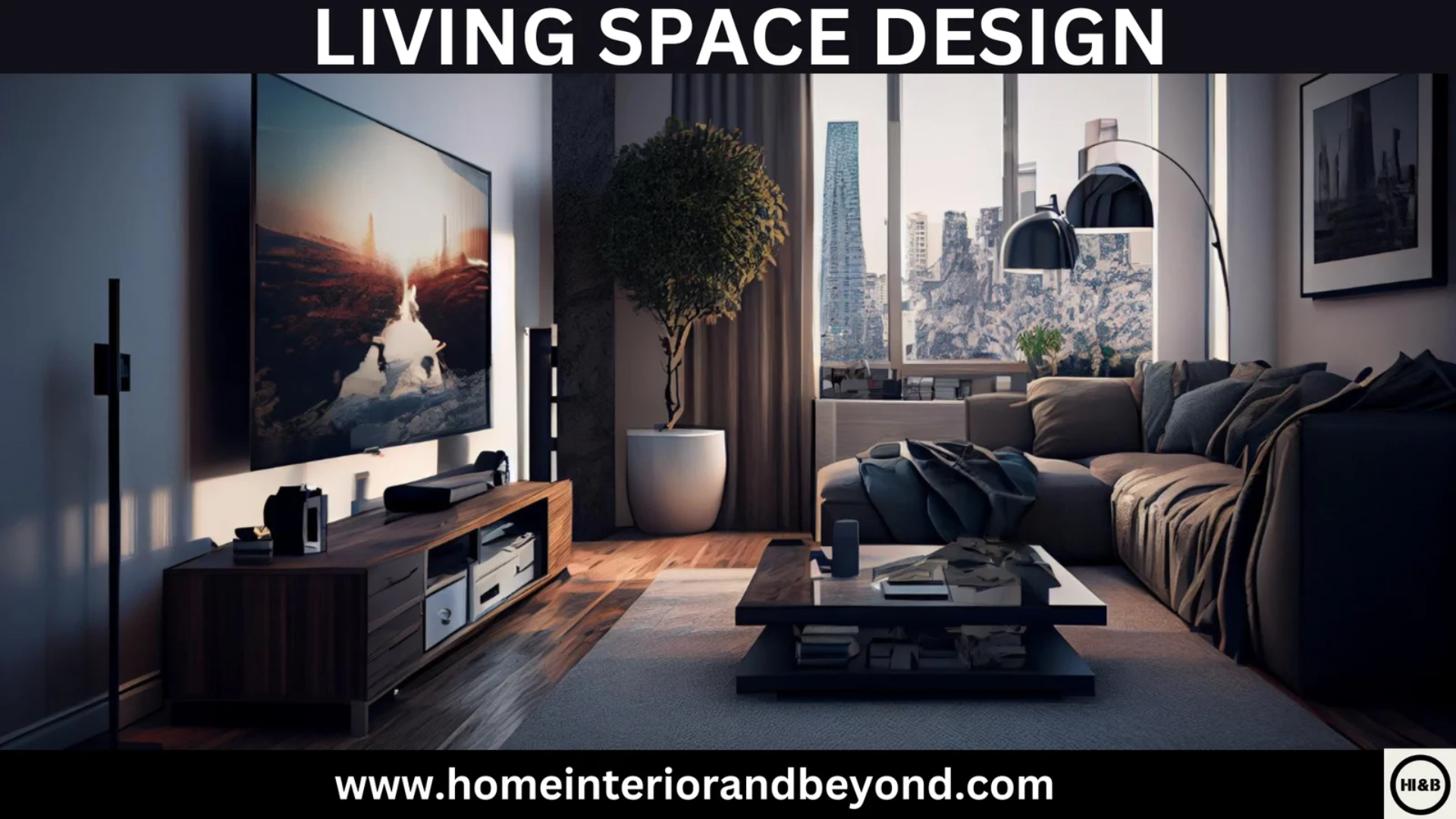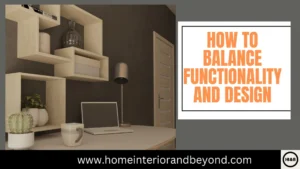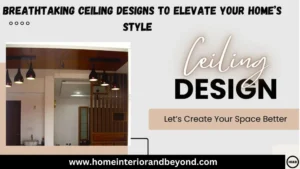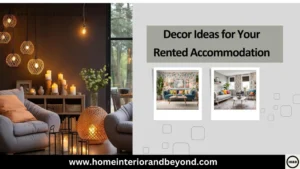Designing your living space is about more than just making a room look good—it’s about creating an environment that reflects your personality, meets your needs, and feels like home. Whether you’re dealing with a compact apartment or a spacious house, the art of living space design balances aesthetics with functionality. Let’s dive into how you can transform your living area into a stylish, comfortable haven from concept to comfort.
1. Planning the Layout for Flow and Functionality
A well-planned layout is the foundation of a functional and inviting living space. Start by assessing the room’s dimensions and think about how people will move through it. Aim to create a space where the flow feels natural, and each section serves a purpose.
For smaller rooms, opt for furniture arrangements that open up the space. In larger rooms, zone the area for different activities, such as lounging, dining, or working. Establish a focal point—a fireplace, a statement piece of art, or a large window—that anchors the room and gives it character.
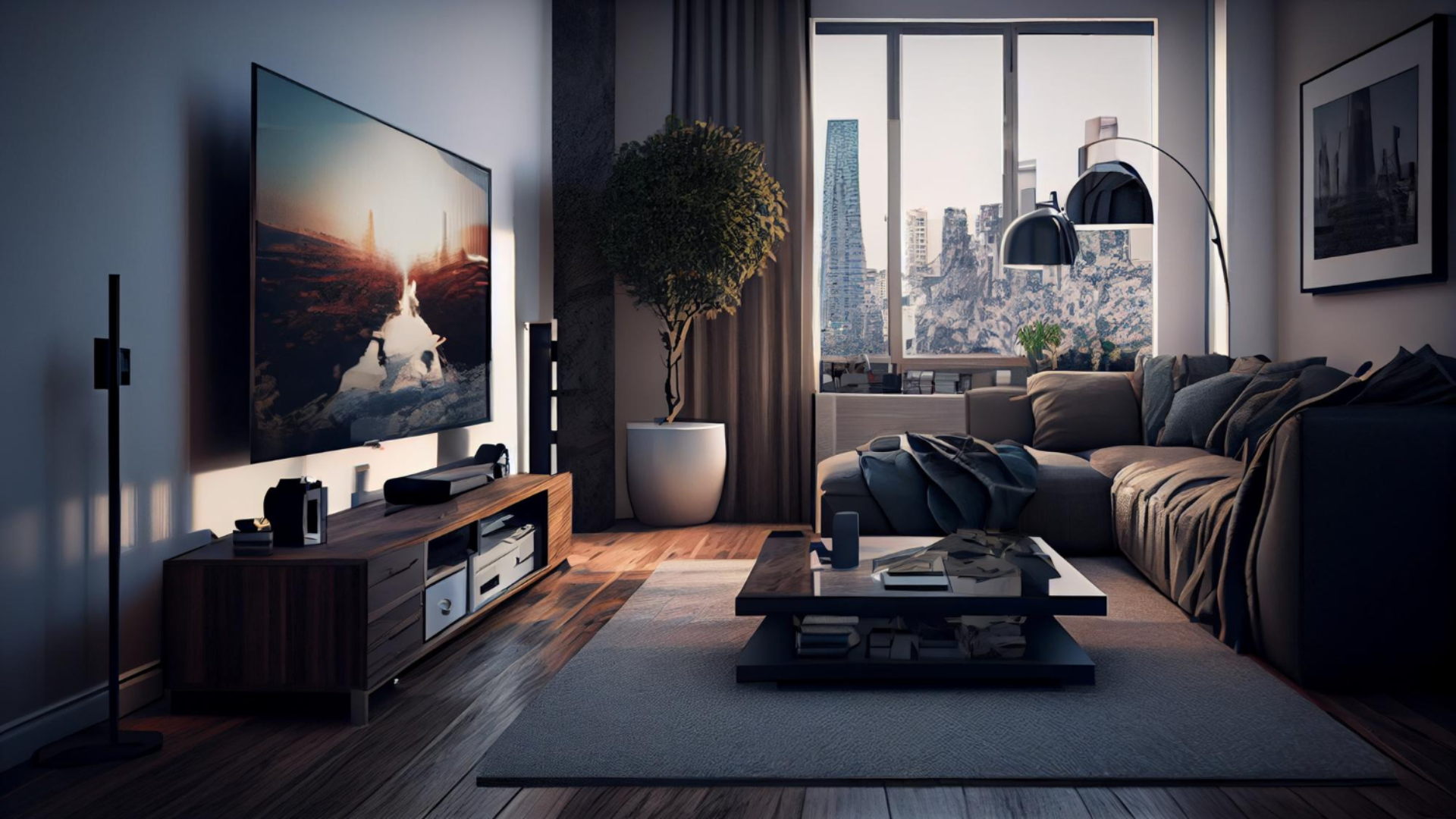
2. Selecting Colors and Textures to Set the Mood
Color plays a crucial role in setting the mood of your living space. Neutral tones like beige or gray can create a calm, inviting atmosphere, while bold colors such as navy or emerald green add drama and elegance. When selecting a color palette, consider the room’s purpose: light colors make a space feel airy and open, while darker tones create a cozy, intimate vibe.
Layering textures—whether through plush rugs, soft cushions, or a variety of fabrics—adds depth and concept to comfort. Don’t be afraid to introduce patterns or bold statement walls to inject personality into your design.
3. Lighting as a Key Element of Design
Lighting can make or break the ambiance of a room. The key to getting it right is layering different types of lighting: ambient for general illumination, task lighting for specific activities, and accent lighting to highlight décor or architectural features.
Statement light fixtures, like chandeliers or industrial floor lamps, can double as decorative pieces. And don’t forget the power of natural light! Maximize sunlight by choosing sheer curtains or reflective surfaces that brighten up the room.
4. Incorporating Personal Touches
Your living space should be a reflection of your personality, filled with personal touches that make it uniquely yours. Whether it’s a gallery wall of family photos, a collection of travel souvenirs, or your favorite artwork, adding sentimental items makes your space feel homier.
Indoor plants are another great way to personalize your space—they bring in life and freshness. Additionally, customizing textiles, such as throw blankets or curtains, can infuse your design with patterns, colors, or textures that speak to your individual taste.
5. Decluttering and Organizing Your Space
Clutter can easily take over a room, making even the most stylish spaces feel cramped and chaotic. Smart storage solutions help keep your space tidy while maintaining a chic aesthetic. Consider built-in shelves, multi-functional furniture, or stylish storage baskets to stow away everyday items.
Minimalism often leads to a more organized, functional space. By reducing clutter and focusing on essential décor, you’ll find that your room not only looks better but also feels more relaxing. Regular seasonal refreshes—swapping out décor or rearranging furniture—can keep your space feeling fresh and current.
6. Designing with Sustainability in Mind
Incorporating sustainability into your Living Space Design is easier than ever. Choose eco-friendly materials like bamboo flooring, reclaimed wood, or recycled fabrics for a sustainable yet stylish look. Energy-efficient lighting, such as LED bulbs or smart systems, is another great way to reduce your home’s carbon footprint.
Sustainability doesn’t mean sacrificing the concept to comfort or style. Today’s eco-friendly furniture and décor options are just as chic and durable as traditional alternatives, making it possible to design a beautiful home that’s also environmentally responsible.
7. Budget-Friendly Design Hacks
There are plenty of budget-friendly design hacks to try. Repurposing old furniture through DIY projects is a fun and cost-effective way to give your home a fresh look. For example, painting an old dresser or reupholstering a chair can transform dated pieces into standout décor.
Thrift stores and flea markets are also goldmines for unique, affordable finds. Plus, knowing where to splurge and where to save is key: invest in quality furniture that will last, while opting for inexpensive accessories like throw pillows or artwork to refresh the space.
8. Bringing It All Together with Final Touches
Once you’ve settled on the big elements—furniture, colors, and layout—it’s time for the final touches that tie everything together. Small décor elements, such as candles, vases, and throw blankets, add warmth and make a space feel complete.
The key is to create a cohesive look without overdoing it. Prioritize functionality over perfection—sometimes, a slightly imperfect arrangement feels more lived-in and concept to comfort. At the end of the day, your space should work for you and your lifestyle.
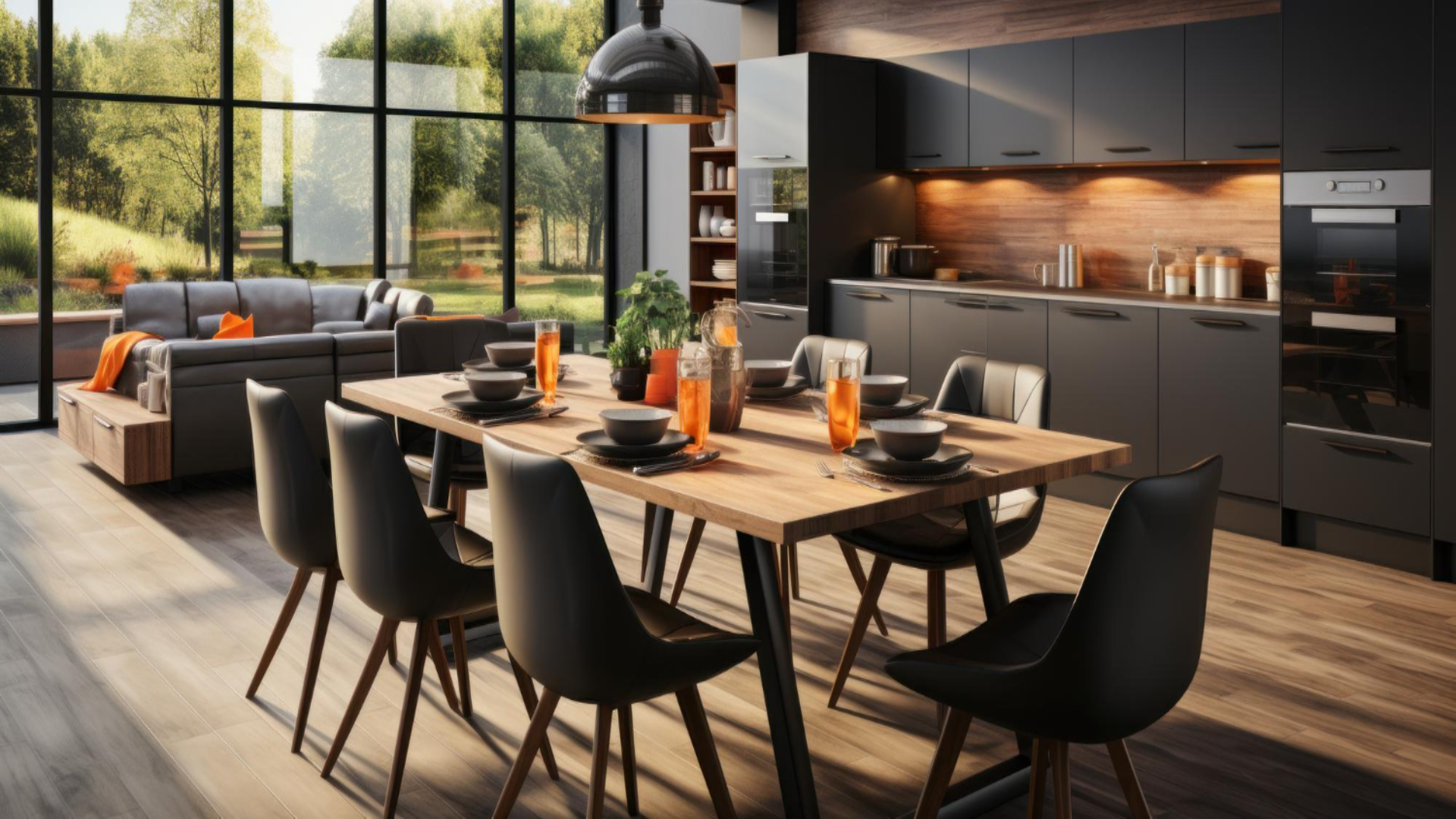
9. Conclusion
Designing a living space that is both functional and stylish may seem like a challenge, but with the right approach, it’s entirely achievable. Start by planning a layout that suits your needs, choose colors and textures that reflect the atmosphere you want to create, and layer lighting to enhance the mood. Personal touches, smart organization, and sustainable choices will help your space stand out while also reflecting your personality.
Remember, design is a journey. Start small, and over time, you’ll create a living space that’s perfectly tailored to your tastes and Concept to Comfort.
FAQs
What are some simple ways to refresh my living space on a budget?
You can refresh your living space by repurposing old furniture, adding new throw pillows, or swapping out wall art. Thrift stores and DIY projects also offer budget-friendly solutions.
How do I create a functional layout in a small living space?
Maximize your space by choosing multi-functional furniture and keeping the layout open. Zoning areas for different activities, like a work nook or reading corner, helps maintain flow.
Which colors are best for making a room feel larger?
Light colors, such as whites, soft grays, and pastels, can make a room feel more spacious and airy. Reflective surfaces and ample natural light also enhance the effect.
How can I add personal touches without cluttering my space?
Incorporate personal items like artwork or family photos selectively, and opt for décor pieces that also serve a functional purpose, like decorative storage containers.
What are the latest trends in sustainable living space design?
Eco-friendly materials, energy-efficient appliances, and furniture made from recycled or reclaimed materials are trending. There’s also a growing emphasis on biophilic design, which incorporates natural elements like plants and wood.

